The Intricate Process of Making Concrete
Did you know that prestressed concrete is an essential material in modern construction, known for its strength, durability, and versatility? It's the backbone of our infrastructure, shaping everything from bridges to skyscrapers and roads to dams. Understanding the complex process of how concrete is made reveals the fascinating blend of science and craftsmanship involved in creating this indispensable material.
Initial Cement Production
The journey of concrete begins with the production of cement, the key binding element in concrete. Cement production starts with mining raw materials, primarily limestone and clay, which are then crushed and blended in precise proportions. According to Statista, the mixture undergoes a chemical transformation when heated in a kiln to temperatures exceeding 1400 degrees Celsius. This process creates clinker, the main ingredient in cement, which is then ground into a fine powder.
Combination With Other Materials
Once cement is made, it's combined with other materials to form concrete. Cement is mixed with water, sand, gravel, and other aggregates in specific ratios to achieve desired properties. This mixing process requires careful control to ensure the quality and consistency of the final product. Water initiates a chemical reaction known as hydration, which causes the cement to harden and bind the aggregates together, forming solid concrete.
On-Site Preparation Before Pouring
On-site preparation is critical to a successful concrete pour. The area must be properly excavated, leveled, and framed with formwork to shape the slab. Crews also install reinforcements like rebar or wire mesh to strengthen the concrete and confirm that weather conditions are suitable for a smooth, uninterrupted pour.
Transportation and Pouring
The transportation and pouring of concrete involve logistical precision and timing. Freshly mixed concrete is transported to construction sites in ready-mix trucks to prevent early hardening. On-site, skilled workers pour and shape the concrete into the required forms before it sets. The curing process follows, allowing the concrete to reach its designated strength over a specific timeframe. Proper curing is essential to prevent cracks and ensure longevity, making the finished concrete element strong and durable for decades.
The making of concrete is a complex process that intertwines science with practical application. From the intense heat of cement kilns to the precise mixing and careful curing on construction sites, each step is vital. The resulting material continues to be an essential part of our world, providing a solid foundation for countless structures that define our landscapes. Call Teton Prestress Concrete today to learn more about prestressed concrete.

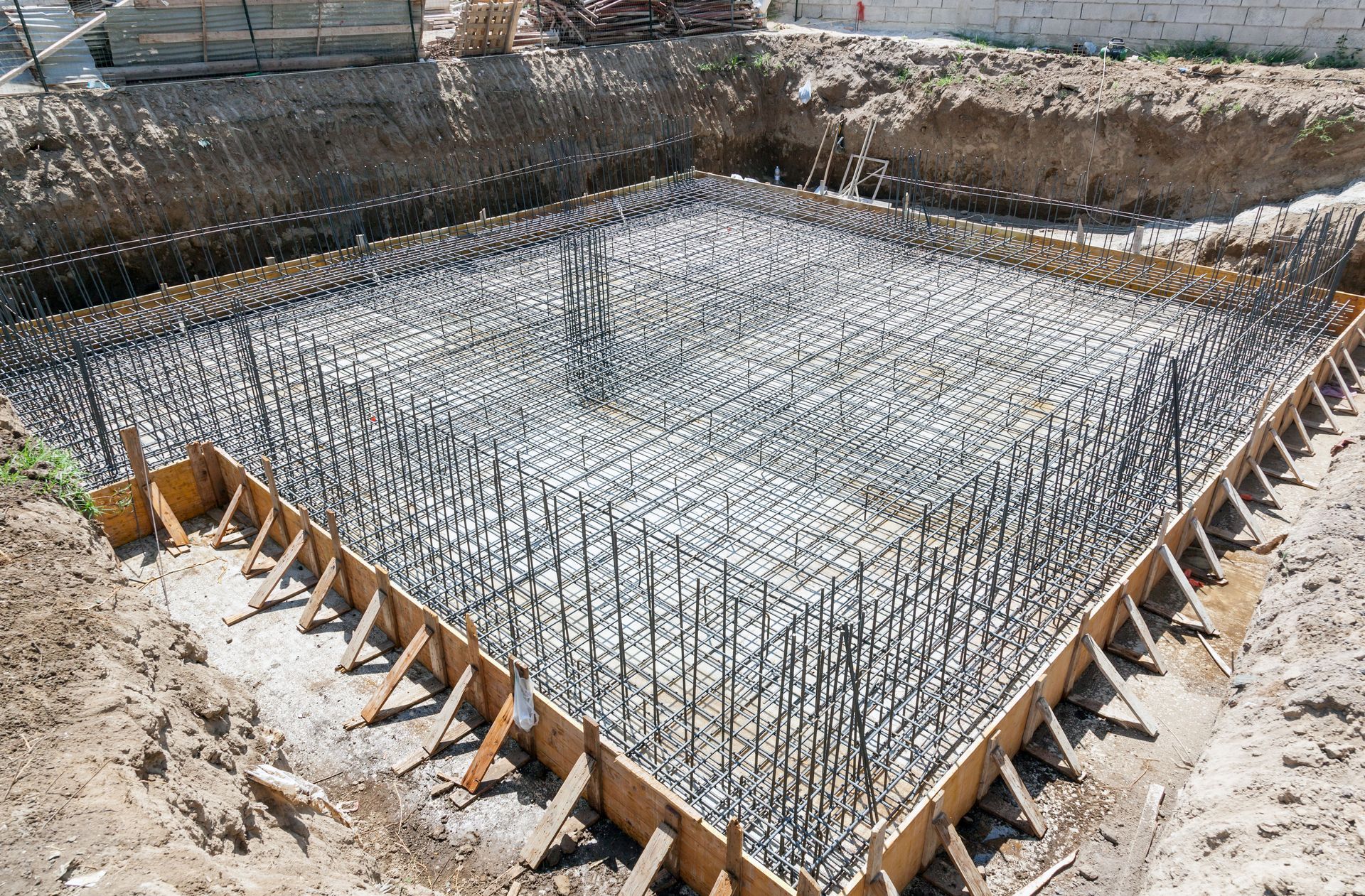
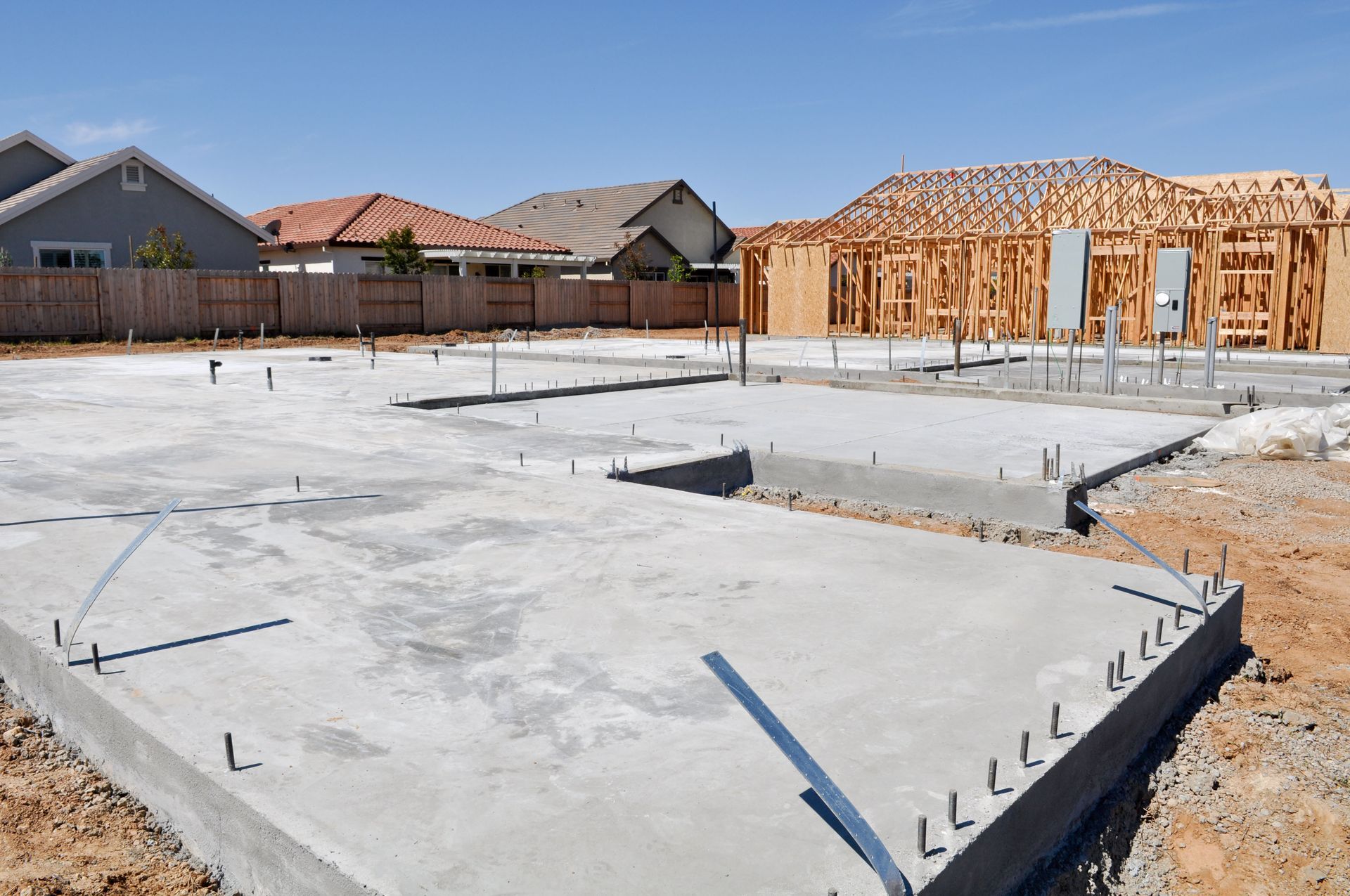
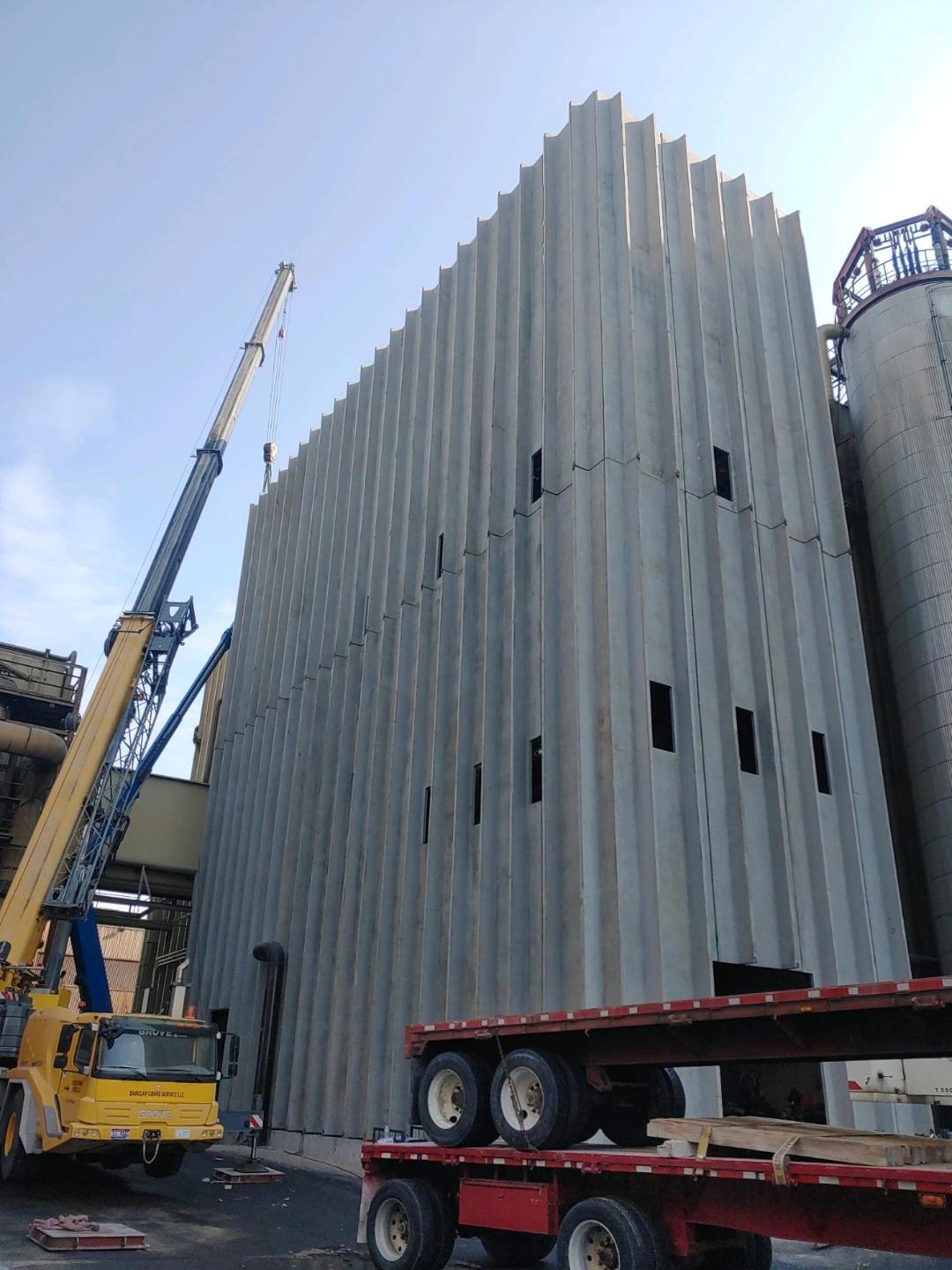
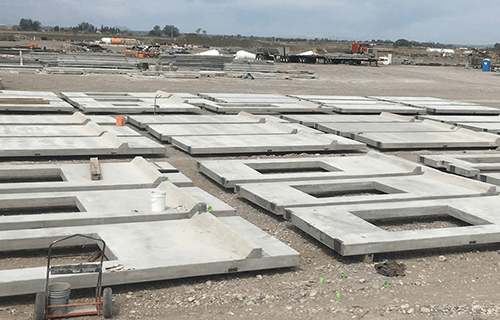
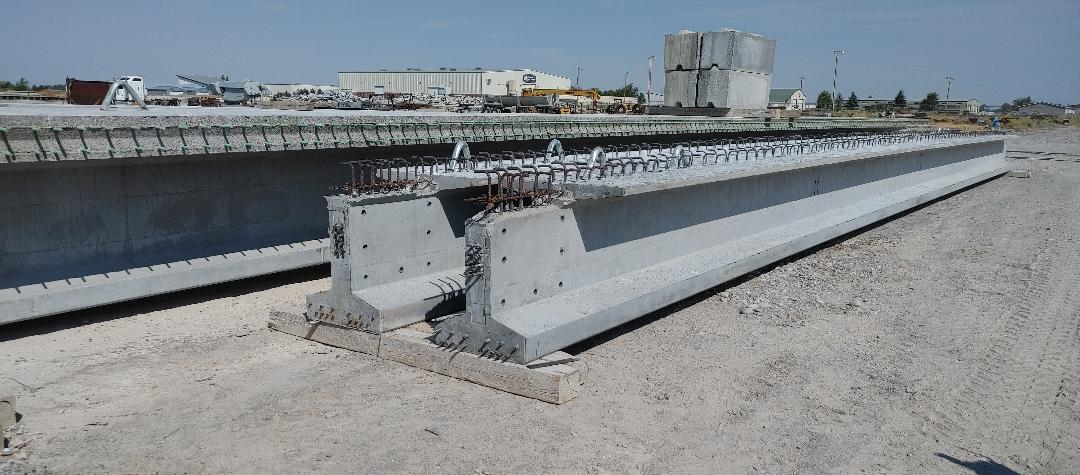
Share On: